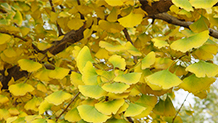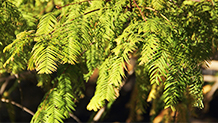| 作 者:Jiang RH, Liang SQ, Wu F, Tang LM, Qin B, Chen YY, Huang YH, Li KX, Zhang XC |
| 影响因子:5.6 |
| 刊物名称:Frontiers in Plant Scinece |
| 出版年份:2023-06-06 |
| 卷:14 期: 页码:1183653 |
论文摘要:
Germplasm resources are the source of herbal medicine production. The cultivation of superior germplasm resources helps to resolve the conflict between long-term population persistencegrowing market demand by consistently producing materials with high quality. The fern species Cibotium barometz is the original plant of cibotii rhizoma (“Gouji”), a traditional Chinese medicine used in the therapy of pain, weakness,numbness in the lower extremities. Long-history medicinal use has caused serious wild population decline in China. Without sufficient understanding of the specieslineage diversity of Cibotium, it is difficult to propose a targeted conservation scheme at present, let alone high-quality germplasm resources.fill such a knowledge gap, this study sampled C. barometzrelative species throughout their distribution in China, performed genome skimming to obtain plastome data,conducted phylogenomic analyses. We constructed a well-supported plastome phylogeny of Chinese Cibotium, which showed that three species with significant genetic differences are distributed in China, namely C. barometz, C. cumingii,C. sino-burmaense sp. nov., a cryptic species endemic to NW Yunnanadjacent regions of NE Myanmar. Moreover, our results revealed two differentiated lineages of C. barometz distributed on the eastwest sides of a classic phylogeographic boundary that was probably shaped by monsoonslandforms. We also evaluated the resolution of nine traditional barcode locidesigned five new DNA barcodes based on the plastome sequence that can distinguish all these specieslineages of Chinese Cibotium accurately. These novel findings on a genetic basis will guide conservation plannersmedicinal plant breeders to build systematic conservation plansexploit the germplasm resources of Cibotium in China.
DOI:https://doi.org/10.3389/fpls.2023.1183653










